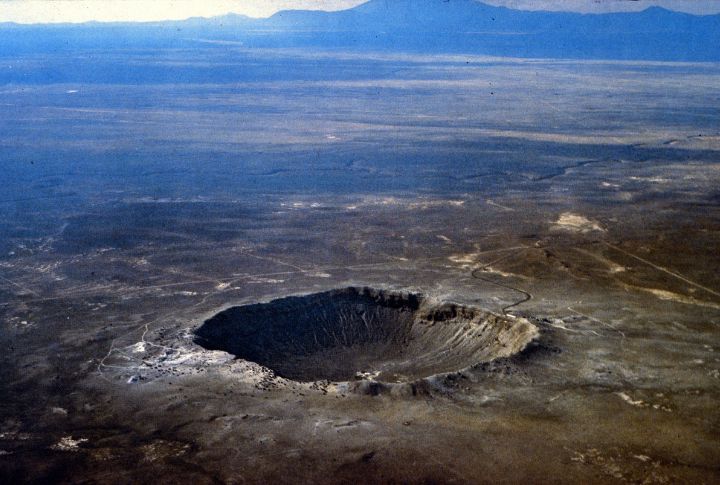
Earth is often pelted with space rocks—some tiny, but some terrifyingly humongous. But where do they come from? Most of these interstellar visitors trace back to just a few ancient asteroid families. Scientists are piecing together this cosmic mystery, uncovering clues that reshape what we know about our solar system’s past.
Cosmic Debris
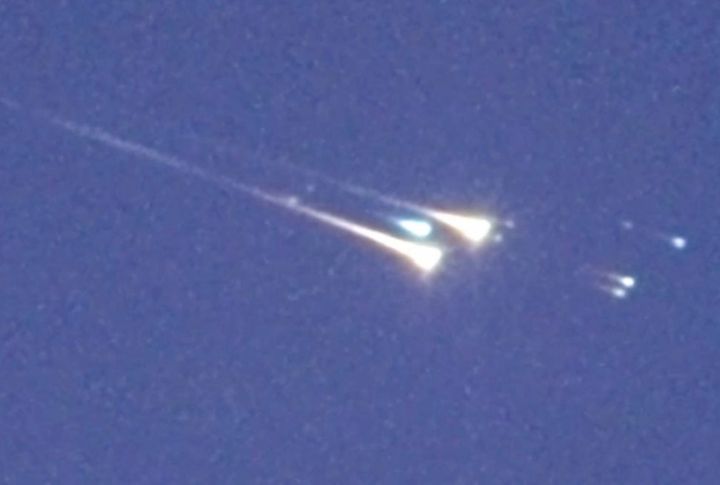
Meteorites, the wandering fragments of asteroids and comets, have been striking Earth for eons. Each one is a tiny time capsule that reveals secrets about space. Research suggests that about 70% of meteorites share a common lineage by linking them to just a few asteroid families scattered across the solar system.
Asteroid Families
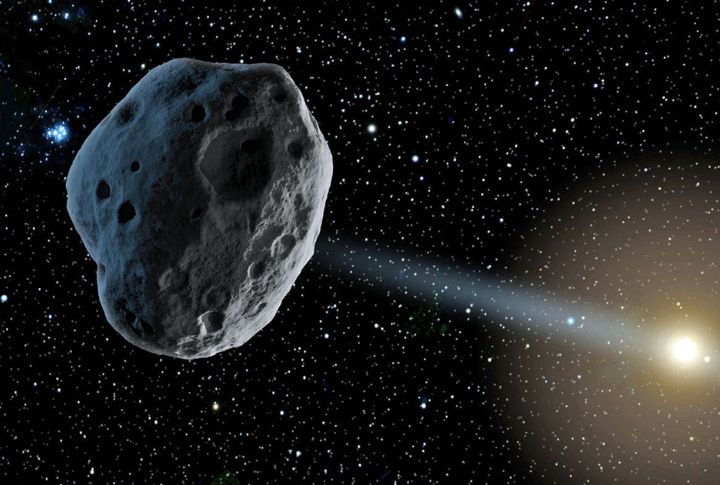
Asteroids don’t drift aimlessly—many belong to families, clusters born from colossal collisions. When these space impacts happen, fragments break off, some eventually falling to Earth as meteorites. Scientists trace these rocky origins with remarkable accuracy by tracking their chemical signatures and orbits.
Massalia’s Meteorites
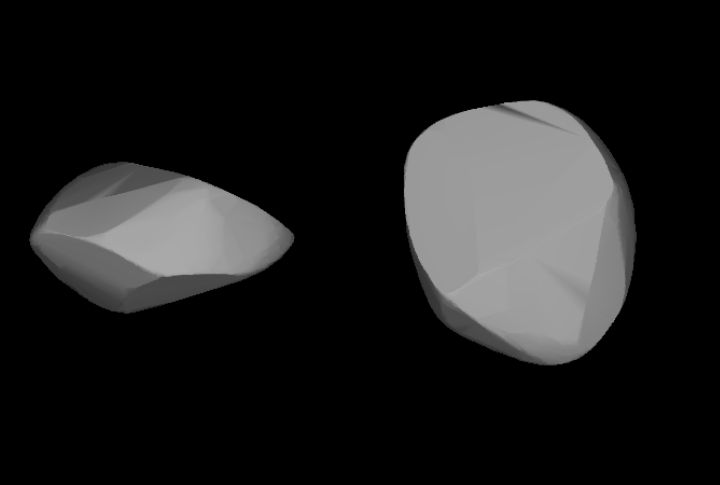
One prime suspect is the Massalia asteroid family. Scientists believe this group originated from a massive collision that sent a wave of L chondrite meteorites hurtling toward Earth. These fragments, rich in iron and silica, now make up a significant portion of the meteorites discovered today.
The Karin Cluster’s Meteorite Connection
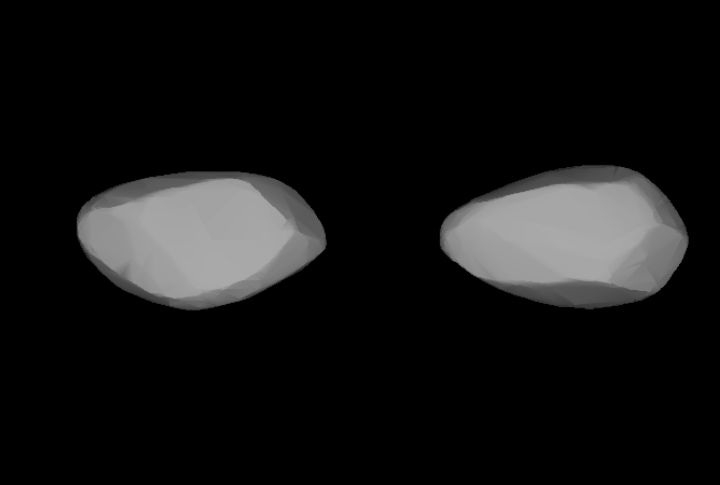
The Karin cluster, a subfamily of the Koronis asteroids, has a wild history. About 5.8 million years ago, a breakup event scattered debris into space, much of which later rained down on Earth. Many H chondrites (meteorites known for their metallic content) can be traced right back to this cosmic smash-up.
Flora And Nysa
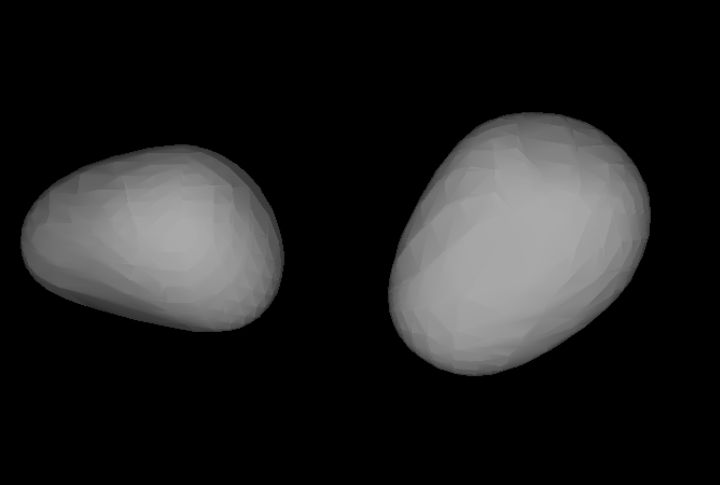
Deep in the asteroid belt, the Flora and Nysa families produce space rocks like a cosmic assembly line. With over 13,000 known members, the Flora family alone is a significant source of stony meteorites found on Earth. These asteroid hubs are vital in the steady influx of meteorites to our planet.
Vesta’s Space Travelers
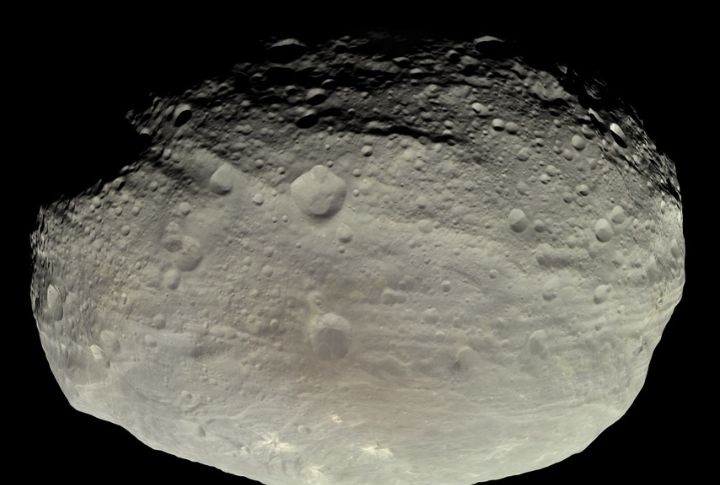
Certain meteorites have a distinct signature that reveals their origin from Vesta, which is among the largest asteroids in our solar system. These HED (Howardite, Eucrite, Diogenite) meteorites offer a glimpse into Vesta’s ancient surface, preserving a geological history that dates back billions of years.
How Scientists Crack The Meteorite Code
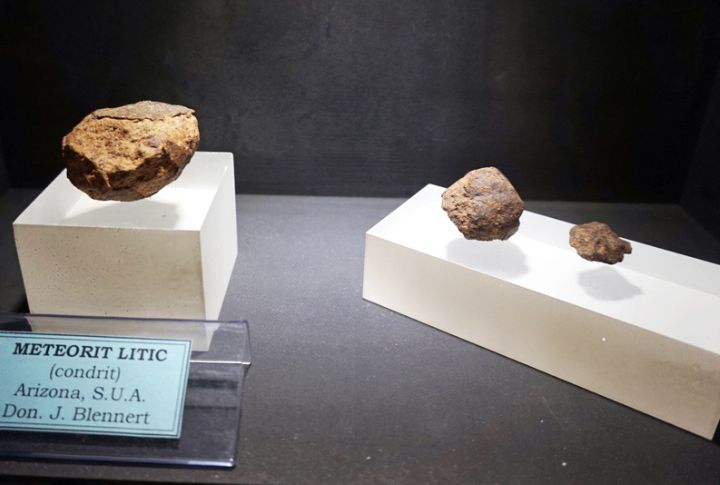
Tracking meteorites isn’t just guesswork. Scientists analyze chemical compositions, isotopic fingerprints, and orbital paths to match them with known asteroids. It’s a cosmic detective game, but identifying where these rocks come from helps us understand the solar system’s turbulent past.
When Space Rocks Change Earth
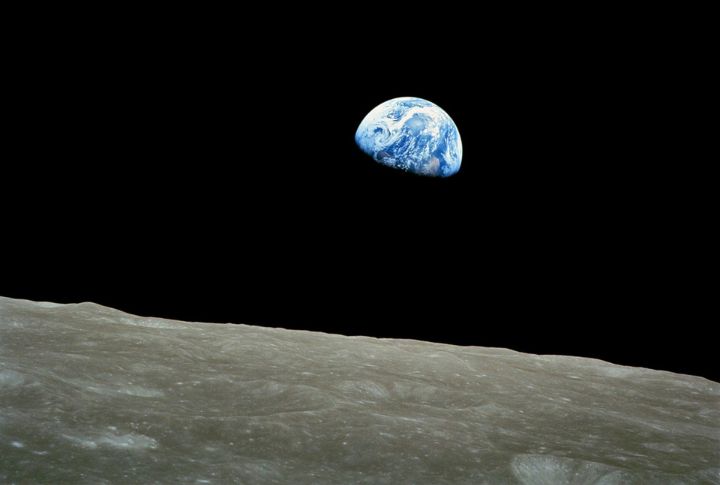
Meteorite impacts reshape terrains and drive species extinctions. Scientists trace a surge in L chondrite meteorites 466 million years ago to a massive asteroid breakup, which coincided with a major shift in Ordovician biodiversity. However, the subsequent mass extinction is more commonly linked to climate change.
Meteorites In Ancient Bling
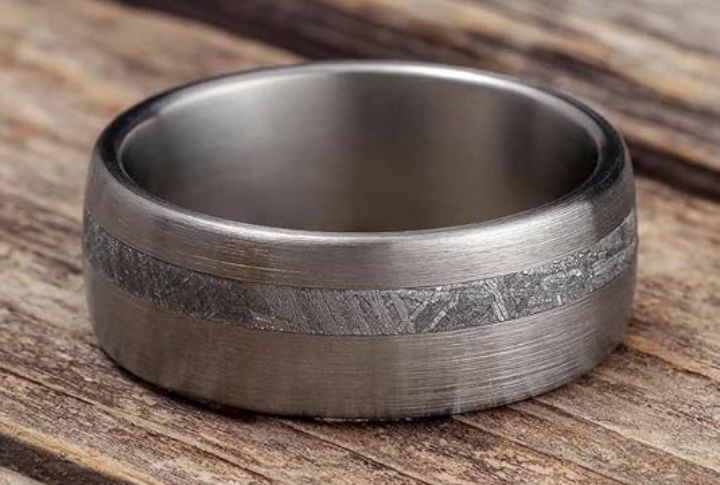
Long before we had telescopes, ancient artisans were turning meteorites into jewelry! In Poland, archaeologists unearthed bracelets and pins crafted from extraterrestrial metal dating back to 750–600 BC. These cosmic accessories, made from rare iron meteorites called ataxites, suggest our ancestors were rocking space bling millennia ago.
Meteorites And The Future Of Planetary Defense
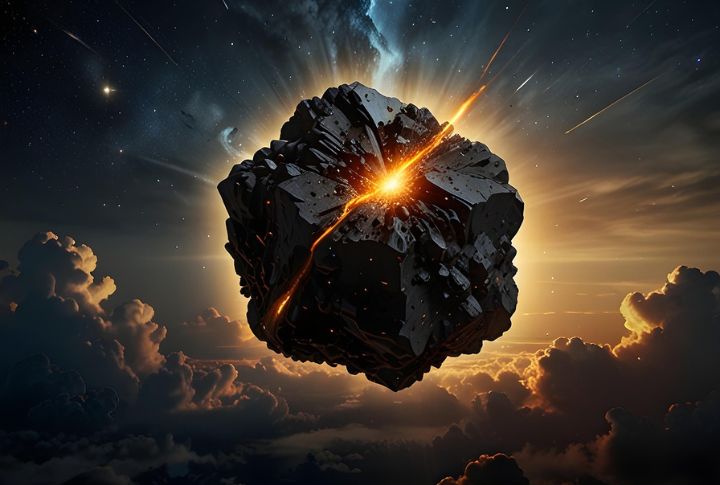
Tracking meteorites is planetary insurance. By pinpointing their origins, scientists can forecast potential threats and fine-tune defense strategies. After all, nobody wants a surprise asteroid ruining their day. The more we know, the better we can steer clear of space rock disasters.

